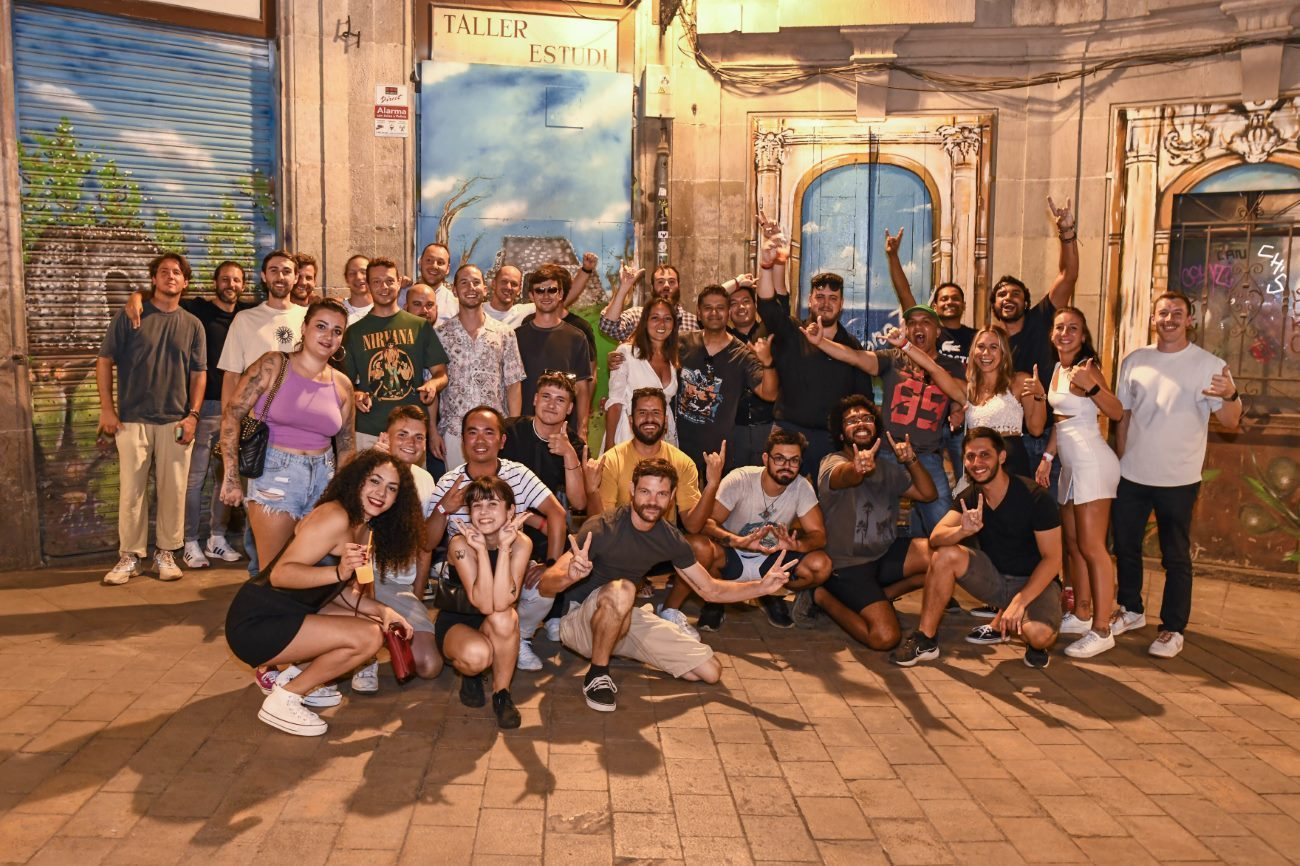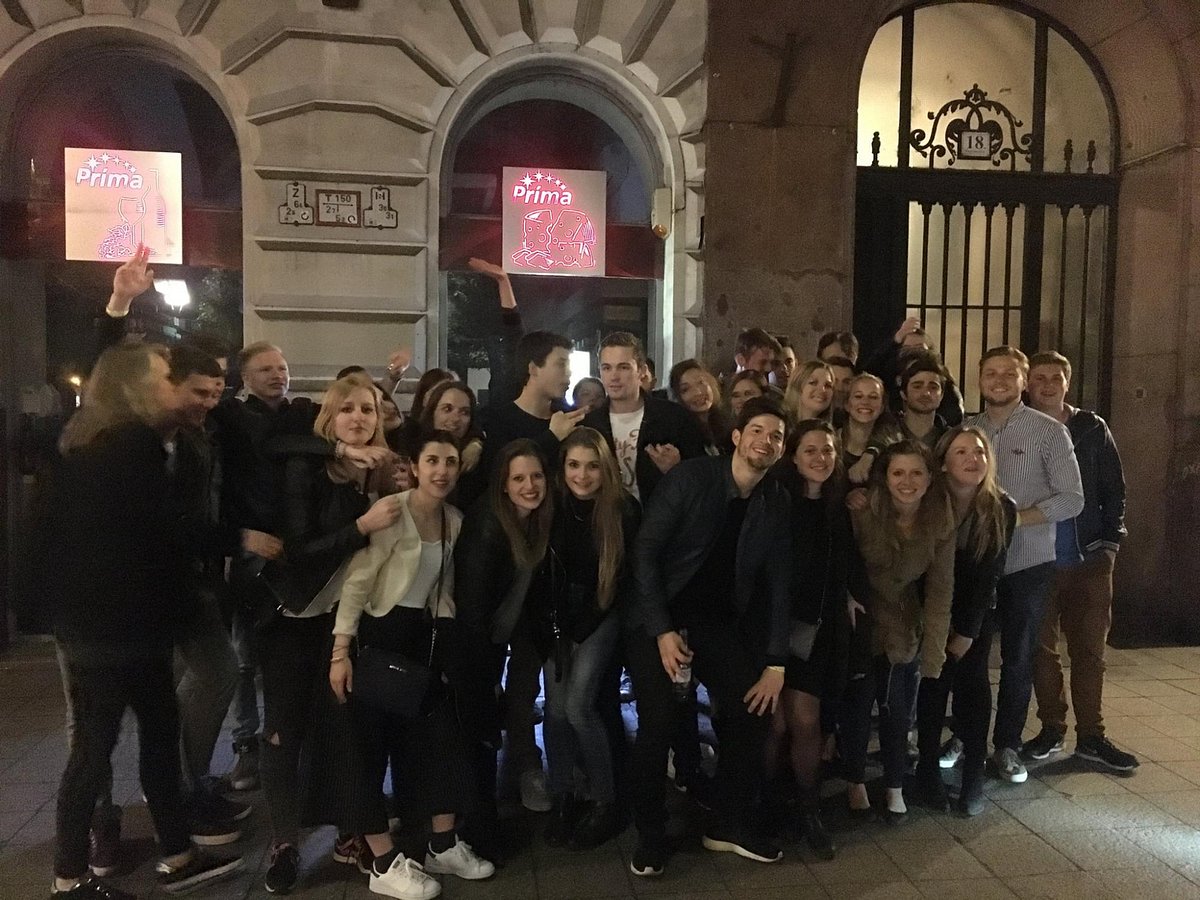Amsterdam sex working area often referred to, as the Red Light District is one of the world’s most renowned and problematic tourist destination that hosts millions of tourists every year. For those interested in the background of this option, below, history, culture, and law as to the presence of the city’s red light district will be discussed.
The Historical Context
The Red Light District can mark its history from the 14th century when the city of Amsterdam was an important trading port. The area of the district mainly emerged around the Zeedijk, near the harbor, as the place where sailors could spend their time without a ship.
Towards the end of the sixteenth century prostitution was legalized in Amsterdam. Specific rules and guideline regarding the trade were established by the city government to regulate the trade. This system was seek for governing and policing the sex workers, maintaining their health and keeping them off the streets and literall.
Legalization and Regulation
This paper finds that one important cause of the presence of the Red Light District in Amsterdam is the Dutch approach towards the decriminalization and formal regulation of prostitution. Unlike many other countries, the Netherlands took a pragmatic view of the industry, recognising that it would exist in any case legally or illegally.
The policy adopted to authorize prostitution was intended to increase standard of living of SAMPs and free them from vulnerability of being exploited by organized criminals and human traffickers. Going to regulations for current sex workers are compelled to register, get a medical check, and work if they so desire.
Tourism and Economic Factors
The Red Light District receives a driving from large number of tourists visiting the city of Amsterdam. This is the case since many tourists move to the region with the intention of gaining more information, which in the process boosts the economic growth of the area. Being a part of a modern city, the district is famous among tourists, as it contributes to Amsterdam’s leaving up the legends of the city.
First of all, tourism contributes to the promotion of the direct sex industry, and second, it promotes the emergence of additional related businesses, for example, hotels, restaurants or shops where souvenirs are sold. Therefore, there are gains on the side of the local economy in as much as the Red Light District is concerned.
The Cultural Aspect
A third contributing factor to the existence of Red Light District is approval of sexual context within the Netherlands. The Netherlands has been always famous for its liberalism and acceptance of various point of views of the people. The removal of criminality of prostitution is an indication of the liberation process, liberation of individual rights.
The Debate and Challenges
Even though, the Red Light District has brought opportunities and economic benefits in equal measure, the experience has not been totally rosy. Some people say that the district encourages other people to objectify and exploit women. However, there is always talk going on concerning ethical issues and how these will be harming the lives of prostitutes.
Additionally, problems like overcrowding, noise and public nuisance have become subjects of controversy around district’s demarcation and restrictions. The local government has always been in a dilemma of trying to meet the public’s demands while also guarding the lives of the sex workers.
Conclusion
This paper seeks to discuss the Amsterdam Red Light District as social construction that resulted from a historical, legal, economic, and cultural point of view. As a popular site for tourists, it is important that more discretition is used when accessing this area combined with a deeper understanding of the conditions faced by the sex workers here.
Touring around the Red Light District of a certain city will be informative in terms of seeing different views and social attitudes towards numerous topics such as prostitution and individual liberty. Note to always get informed, practising responsible tourism and ensure everyone who is involved is treated well.





